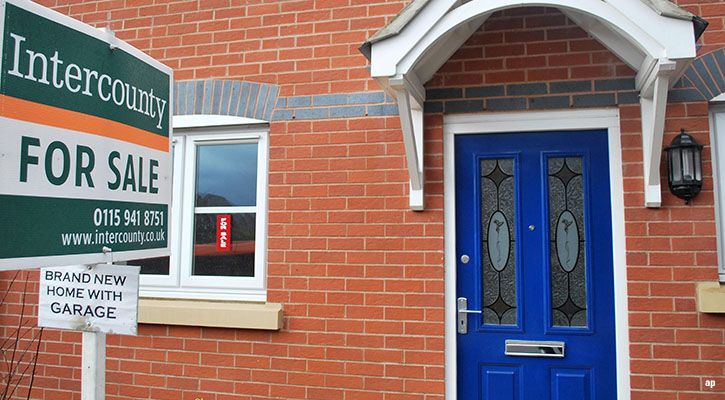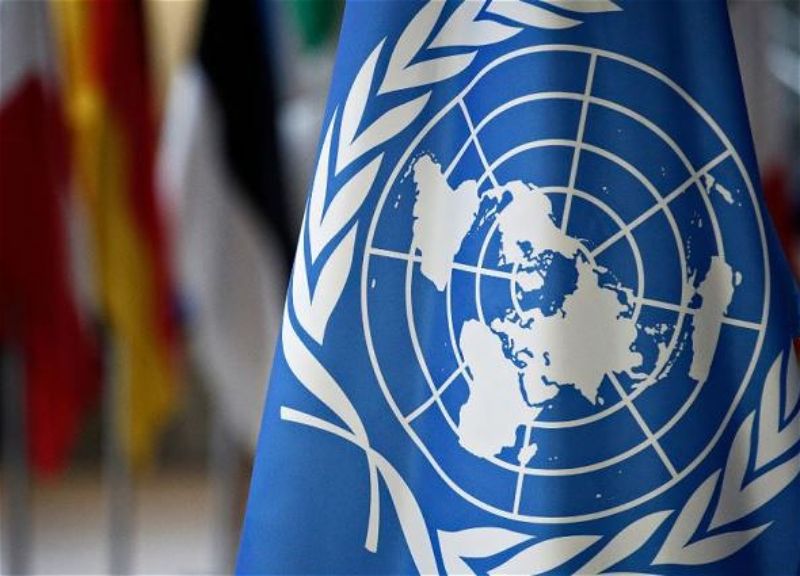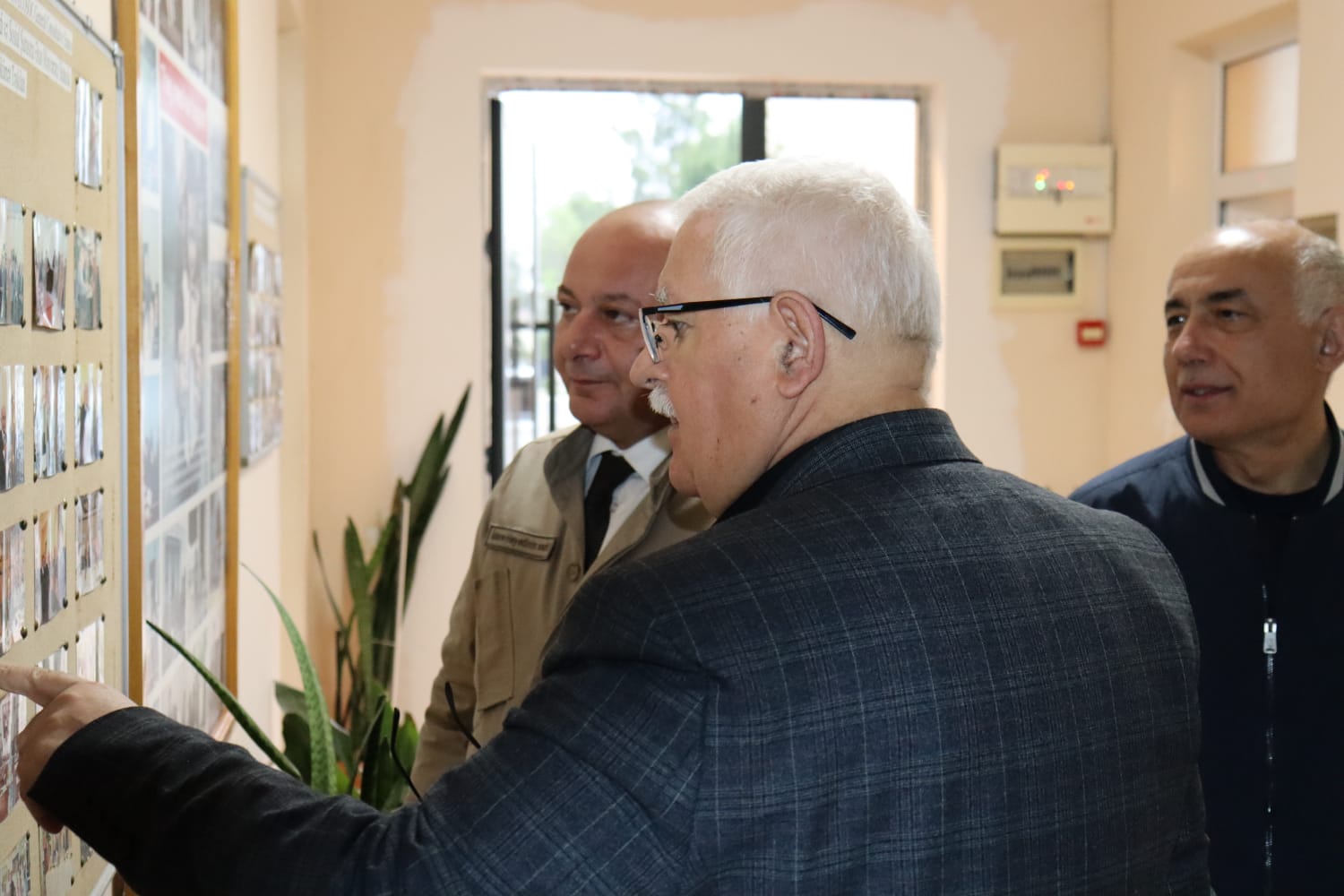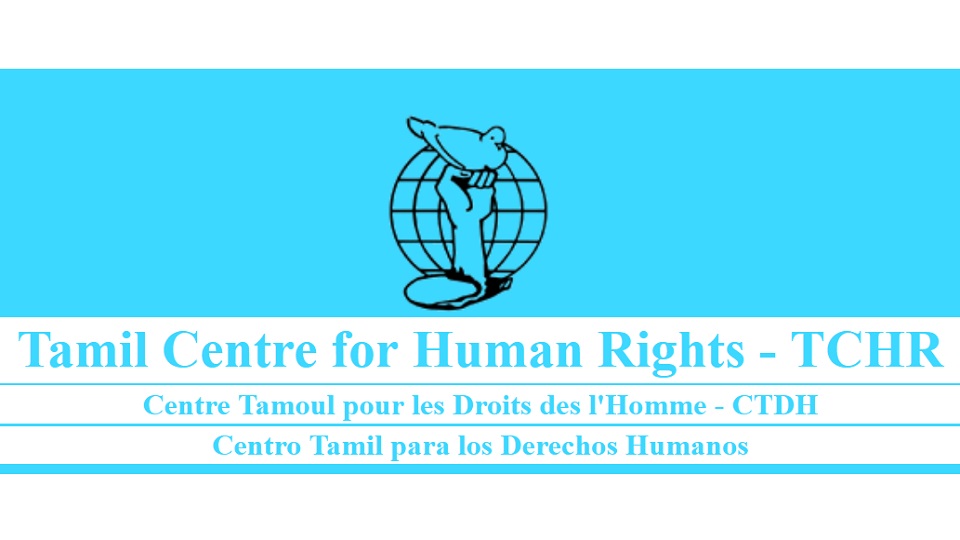After eight years of dramatic growth, home prices in Europe have fallen for two successive quarters. But there are already signs that the decline is slowing.
Across a swathe of European countries, it's been a common complaint: people can't afford to buy their own home.
Rising inflation, a surge in interest rates and a cost-of-living crisis over the last two years have compounded the continent's long-established property problem.
European house prices have been on a seemingly relentless upward curve for close to a decade with much of the surge driven by institutional investors. Since the first quarter of 2015, when prices rose rapidly, EU house prices have increased faster than rents in every quarter until the second half of 2022. In total, average EU house prices rose by 43% in that period.
The price surge was accelerated during the pandemic as people rushed to buy homes. In 2020 and 2021, the EU's house price index rose at a far faster rate than in the previous five years of growth.
However, in the final three months of 2022, the index finally fell back after 30 successive quarters of growth. Figures released last week by the EU showed that for the second successive quarter, prices fell.
In total, the index has fallen by 2.9% over the space of six months. The figures have caused more than a few prospective house buyers, long priced out of the market, to wonder if the trend is likely to continue.










